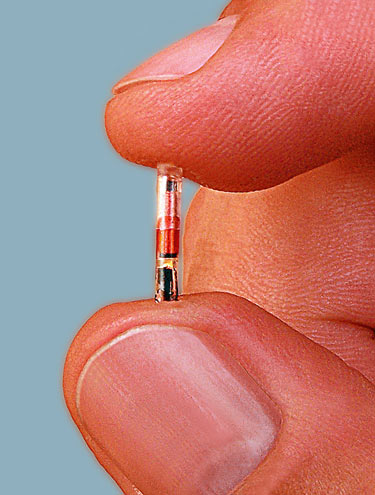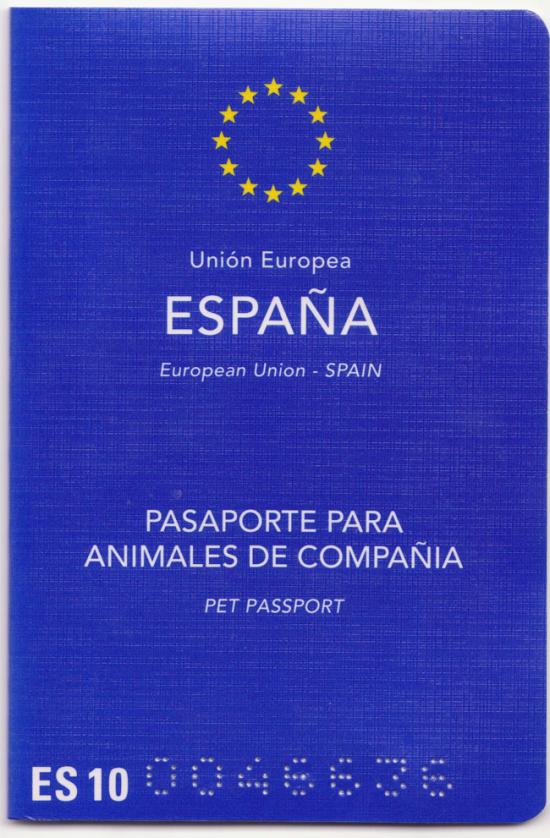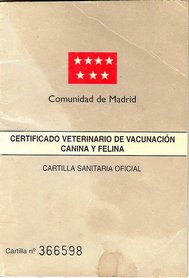 All dogs and cats
must be marked with a microchip. The microchip is a simple and nearly
painless identification method.
The chip has the size of a rice corn, is injected subcutaneously, and
remains under the skin of the animal for life. In general, the microchip
is injected into the neck on the left side.
All dogs and cats
must be marked with a microchip. The microchip is a simple and nearly
painless identification method.
The chip has the size of a rice corn, is injected subcutaneously, and
remains under the skin of the animal for life. In general, the microchip
is injected into the neck on the left side.The data relating to the microchip is located on a database of the "Colegio de Veterinarios". The data includes name and age of the animal, as well as the full name and address of the owner. If the animal is lost, animal clinics and the local police have a reading device to read the microchip data and to identify the animal. It is therefore very important that the data is correct and up-to-date.
If the animal is lost, you should first call the database to ensure that the stored data is correct.
The microchip is mandatory within the Greater Madrid area.

 The pet passport
is normally issued during the first vaccination of the animal. Each
time our pet is vaccinated or dewormed, this is reflected in the
passport with appropriate stamps. We can also list other animal health
aspects, such as laboratory tests or surgical interventions.
The pet passport
is normally issued during the first vaccination of the animal. Each
time our pet is vaccinated or dewormed, this is reflected in the
passport with appropriate stamps. We can also list other animal health
aspects, such as laboratory tests or surgical interventions.